58+ Sample Test Plans
-

Software Test Plan
download now -

Test Plan Template
download now -
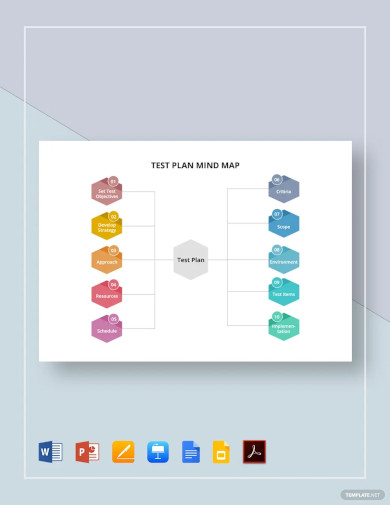
Test Plan Mind Map Template
download now -

Software Test Plan Template
download now -
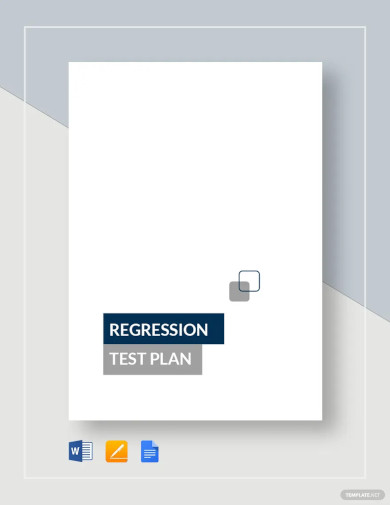
Regression Test Plan Template
download now -
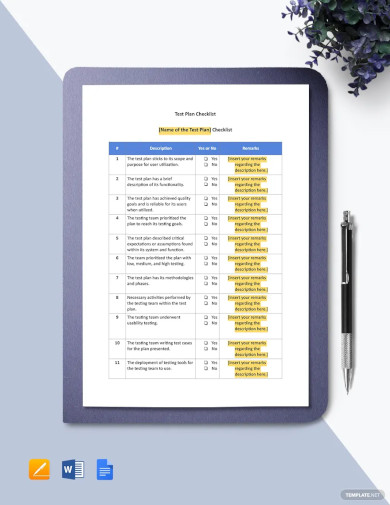
Test Plan Checklist Template
download now -

User Acceptance Test Plan Template
download now -

Email Marketing Test Plan Template
download now -
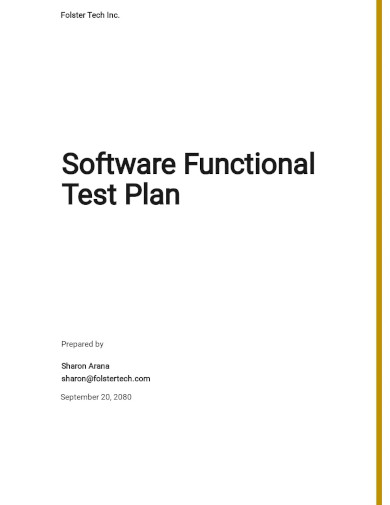
Software Functional Test Plan Template
download now -

Deployment Test Plan Template
download now -

Audit Test Plan Template
download now -
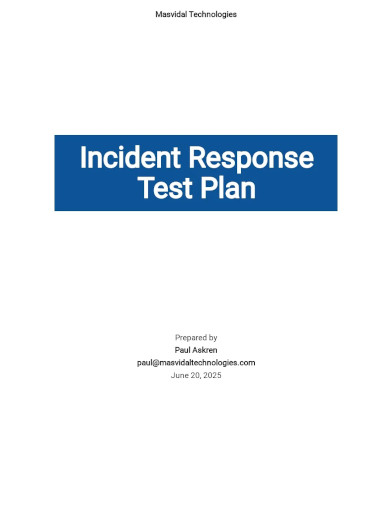
Incident Response Test Plan Template
download now -
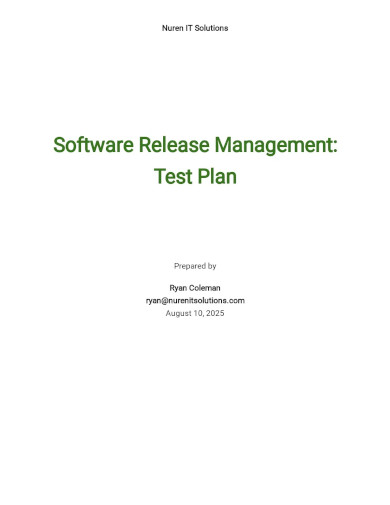
Free Release Test Plan Template
download now -
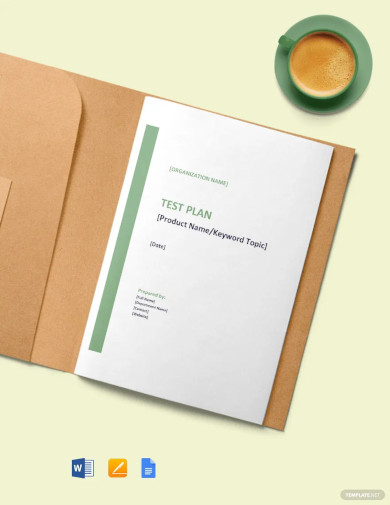
Unit Test Plan Template
download now -
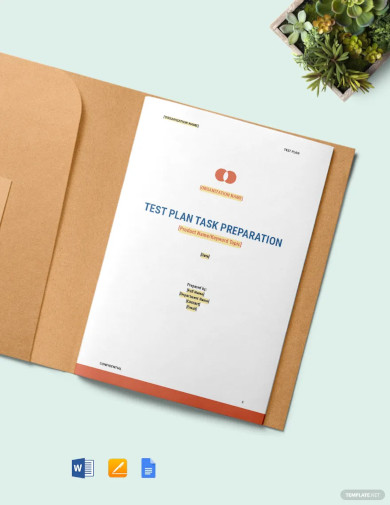
Test Plan Task Preparation Template
download now -
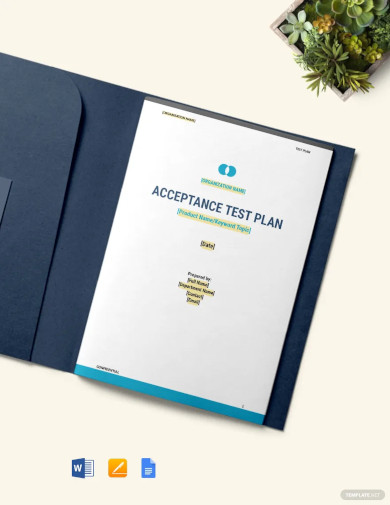
Acceptance Test Plan Template
download now -
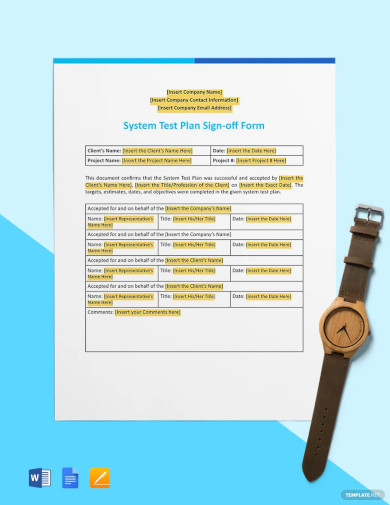
System Test Plan Sign-off Form Template
download now -

Test Plan Review Checklist Template
download now -
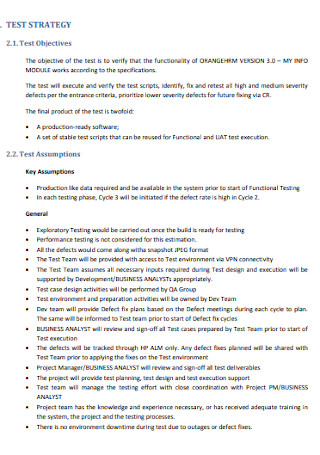
Test Strategy Plan
download now -
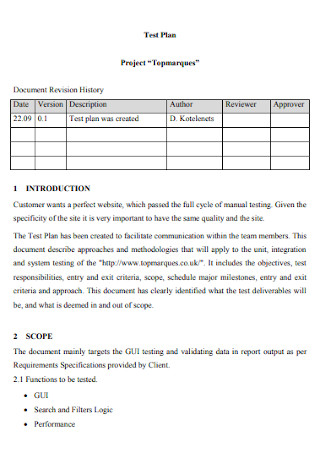
Project Test Plan Template
download now -
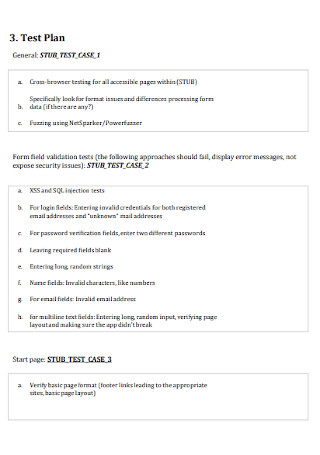
Sample Test Plan Template
download now -

Test Plan Outline Template
download now -
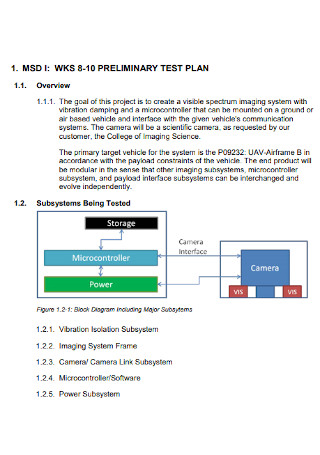
Preliminary Test Plan Template
download now -
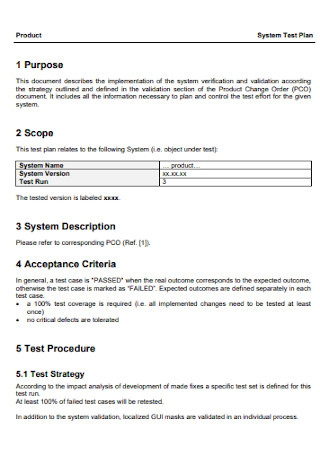
System Test Plan Template
download now -
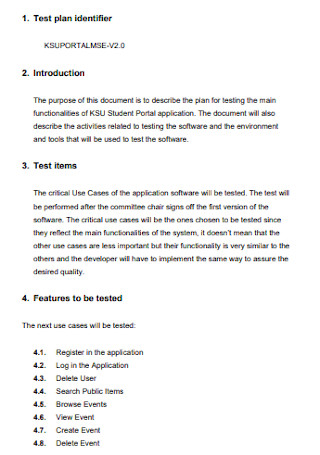
Student Test Plan Template
download now -
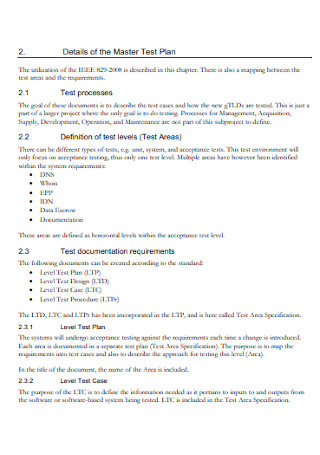
Master Test Plan Template
download now -
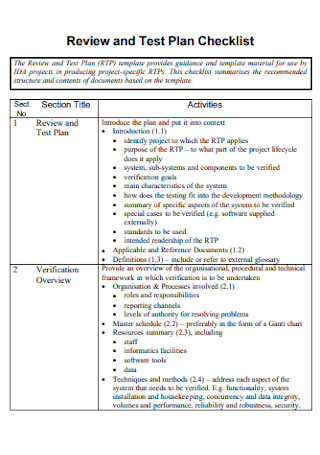
Test Plan Checklist
download now -

Basic Test Plan Template
download now -

System Test Plan
download now -

Software Testing Plan
download now -
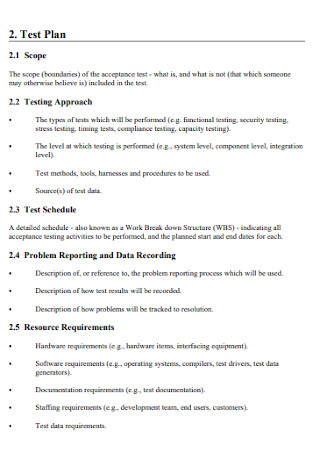
Project Acceptance Test Plan
download now -

Interoperability Test Plan
download now -
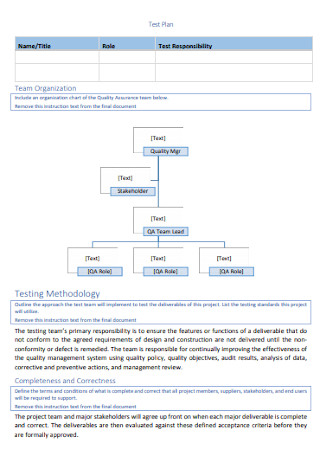
Project Management Plan Template
download now -
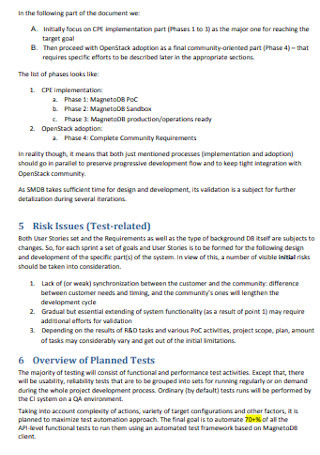
SaaS Master Test Plan
download now -
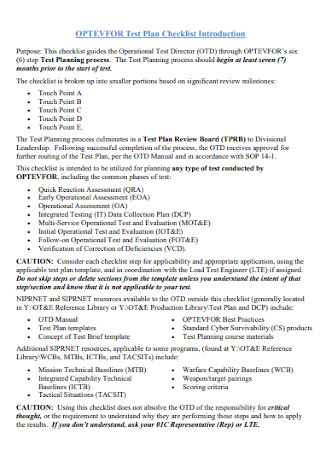
Sample Test Plan Example
download now -
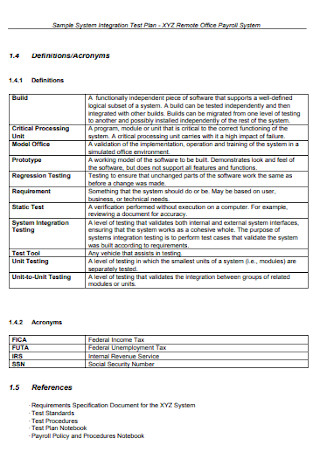
Sample System Integration Test Plan
download now -
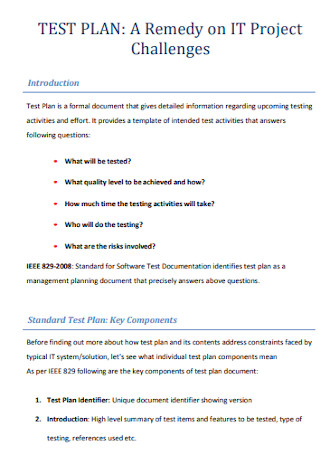
IT Project Test Plan
download now -
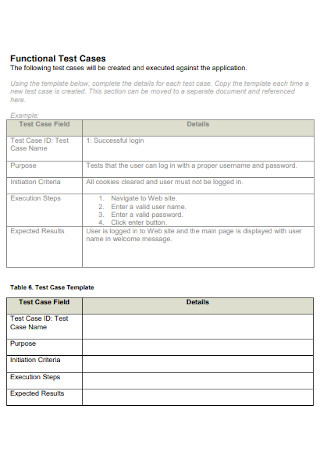
Functional Test Plan Template
download now -
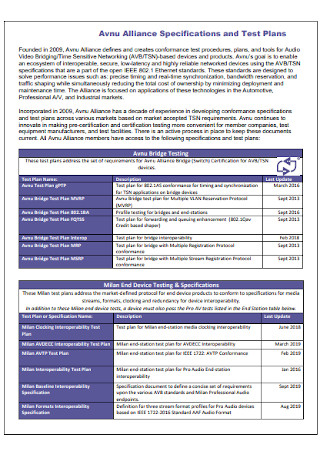
Simple Test Plan Template
download now -

Real Estate System Test Plan
download now -
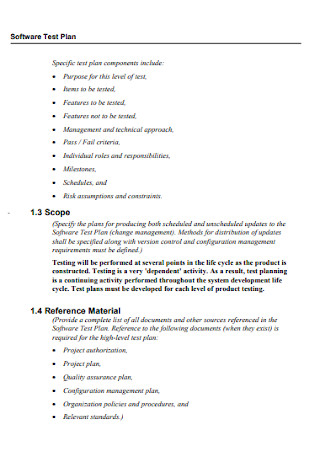
Document Test Plan
download now -
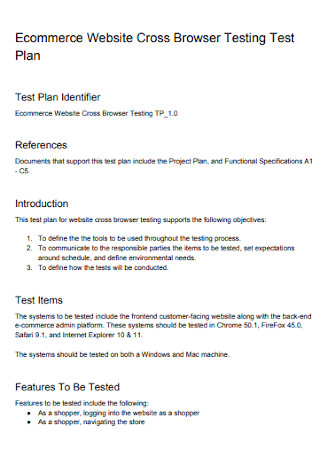
Website Test Plan Template
download now -
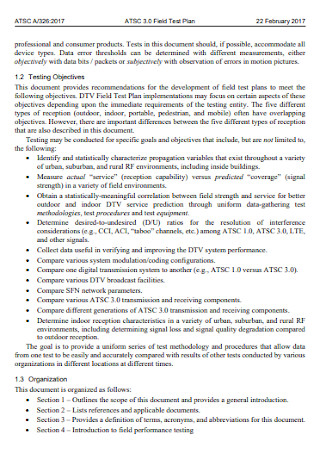
Field Test Plan Template
download now -
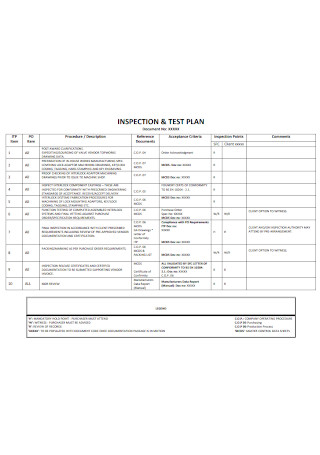
Inspection and Test Plan Template
download now -
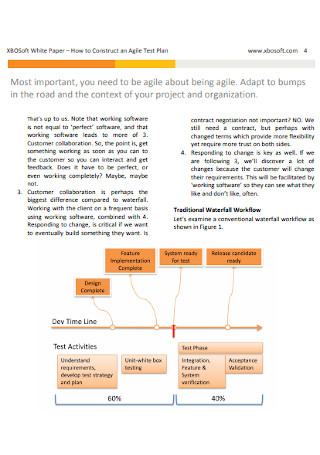
Agile Test Plan
download now -

Proposed Test Plan Protocol Template
download now -
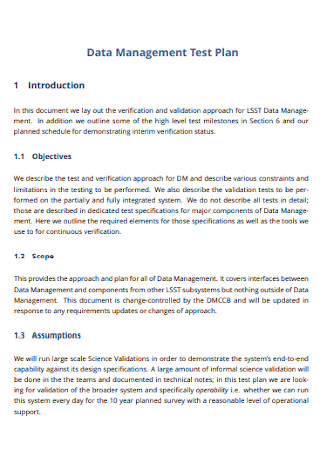
Data Management Test Plan
download now -
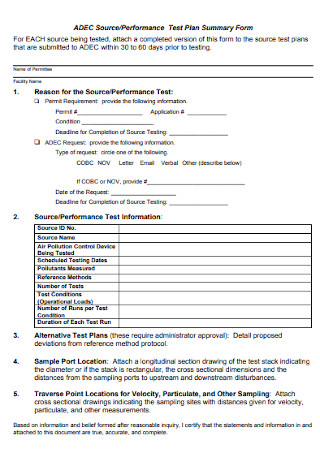
Performance Test Plan Summary Form
download now -
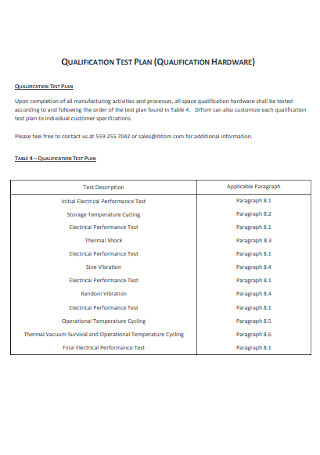
Qualification Test Plan Template
download now -
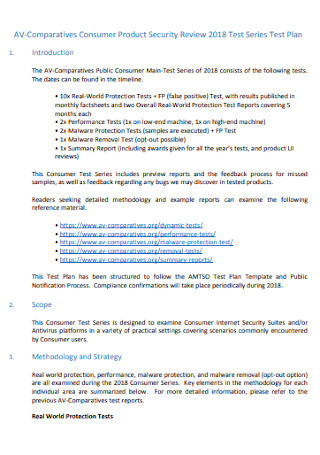
Products Test Plan Template
download now -
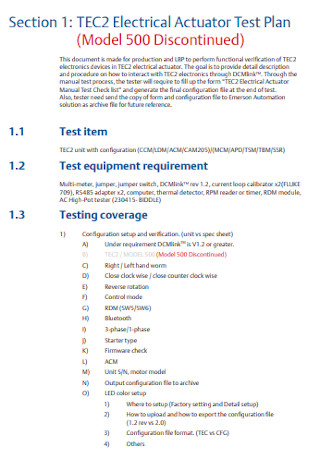
Electrical Actuator Test Plan
download now -

Sample of Inspection and Test Plan
download now -

Pressure Test Plan Form
download now -
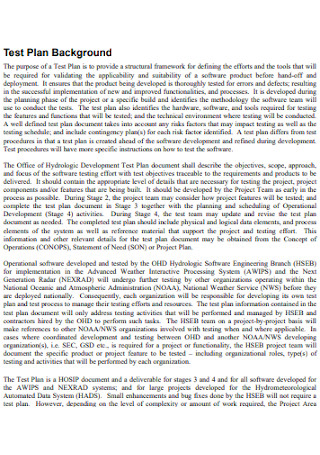
Software Engineering Test Plan
download now -

Final Design Test Plan
download now -

Project Name Test Plan
download now -

Brief Test Plan Template
download now -
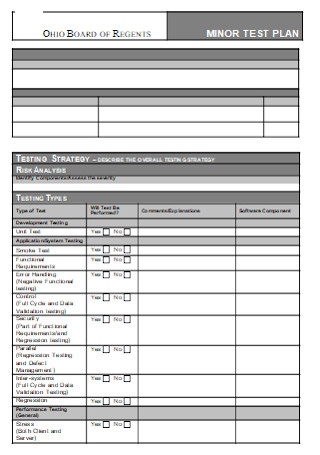
Minor Test Plan Template
download now -
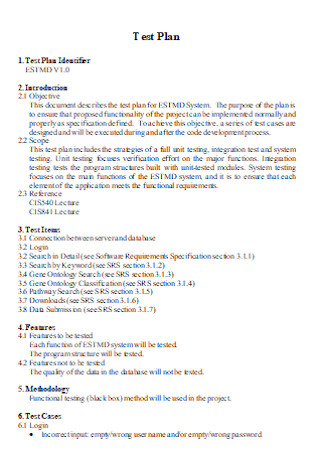
Test Plan Format
download now
FREE Test Plan s to Download
58+ Sample Test Plans
What is a Test Plan?
The Benefits of Software System Testing
How To Make a Test Plan
FAQs
Who prepares the test plan?
What should a test plan include?
What are the stages of testing?
What is the difference between a test strategy and a test plan?
What is a Software Testing Life Cycle?
What is a Test Plan?
It is undeniable that one of the many aspects that sets a company apart from others is the quality of the products and services they offer. One of the many reasons why quality products are essential in business is because they satisfy your clients, and good customer reviews establish your business’ reputation. Whether you are managing software and application programming business or a start-up toy company, testing your product is immensely necessary. However, before you start engaging in a testing process, you need to layout a test plan first. A test plan is like a guide book. It is a detailed document that outlines the test strategies, objectives, schedules, and deliverables required for software project testing. The test plan also serves as the roadmap of your testing process, whose goal action plan is to make sure that there are no problems with the project before providing it to your clients. It also serves as documentation for future references.
Did you know that due to a poor test plan, the recall of Takata airbags in 2016 has been the costliest at 26 billion dollars affecting up to 19 million cars?
Aside from vehicle recalls, the most expensive products ever recalled due to a lack or poor test planning were Merck Vioxx ($8.9 billion losses), Volkswagen emissions ($7.3 billion loss), Pfizer Bextra ($3.3 billion loss), and the Toyota vehicle recall ($3.2 billion loss).
With increased emphasis on product safety and efficacy testing, the United States Consumer Product Safety Commission reported only 214 product recalls in 2019, a 7% decrease from the previous year’s list.
The Benefits of Software System Testing
It is important to make sure that your product is functioning correctly. Take Apple as an example. It will not be called the most successful company in history if not with their quality products such as iPhones. According to BBC News, one of the big things that made Apple is the revolution of the iPhone since it was launched in 2007. With its big hit in the market, it is more likely guaranteed that Apple products are of excellent quality. With this, it is more likely guaranteed that Apple ensured that all features in the product work at its best.
Regardless of what type of business you are running, and established or start-up one, it is always necessary to ensure that all software system products that you provide are in great shape. It is an excellent tool for business optimization; hence it should not be neglected. So, whether you have a new software or product, it is essential to get it tested first. Here are some of the reasons why software system testing is necessary.
How To Make a Test Plan
A test plan does not only serve as a roadmap of the testing process, but it also serves as a means of communication of the team. It also sets forth standards about the process, such as what needs to be tested and what does not, the different testing strategies and approaches, etc. A professionally made test plan ensures that all features of the software product are covered and tested. If making a test plan from scratch is inconvenient for you, you can always make use of a ready-made template that you can find in this post. Simply download the sample template that suits your needs. Nonetheless, here are some simple steps on how to make an accurate test plan.
Step 1: Analyze the Product
Begin making a test plan, you must first analyze what the product is all about. It is important to state an overview of the product in the test plan. Software product analysis is necessary because it allows you to understand the significance of the product thoroughly. It allows you to know who are the end-users of the product, what it is used for, how it works, and what elements the product uses. Make sure that you have this information in your test plan.
Step 2: Define the Testing Scope and Type
Once you have already analyzed the software project, the next thing you need to do is to identify the testing scope and the testing type. The testing scope should include information about what components of the project to be tested. Doing this allows the team to have a clear understanding of what is tested and what is not. As for the testing type, it refers to a standard test procedure formulated to determine specific areas of the software project. The testing type depends on what part of the project is being tested. But, all testing types have the same goal, which is to ensure that the project is good before releasing it to clients.
Step 3: Identify Testing Activities and Schedule
Now that you have determined the testing scope and type, it is now time to identify each event in the testing process. In the test plan, list down all the testing activities to be performed with its corresponding schedule and estimation. Indicate also the person who is responsible for the task. Doing this is essential so that the testing team will be guided about the process. Nevertheless, make sure that your testing activities match your testing scope. This is to establish clarity and accuracy.
Step 4: Incorporate Testing Strategies
Once you have already identified the testing activities and its corresponding schedule, the next thing you need to have is testing strategies. In the test plan, list down the different approaches that need to be followed to execute the testing process. Remember, a good strategy makes you achieve all the product objectives. Make sure that the strategic plan is not only evident in the test plan but also for the whole testing team so that they will be guided on how to conduct the software project testing properly. Include also the testing resources and tools to be used for the testing process.
Step 5: Generate a Test Criteria
After that, the next thing you need to do is to generate and place test criteria on the test plan. In every testing process, test criteria are necessary because this is where the success of the project will be based. The test criteria will serve as your guide, whether each component of the project has met the required description and percentage to pass. The test criteria for the software project should be discussed with the team making sure that the criteria are accurate for the project.
Step 6: Write a Test Result
Finalize your test plan while writing the test results. By this, document the summary of the testing process and the project itself. If there are any features or issues that need to be fixed before the final approval, make sure to record them along with its action plan. Also, include the staff or member of the team that is responsible for doing it. Make sure that this section of the test plan is clearly stated and well-defined to avoid any confusion and misunderstanding that will jeopardize the system.
FAQs
Who prepares the test plan?
The test plan is a document that outlines the testing process standard for a project prepared by the test lead or manager.
What should a test plan include?
A test plan is a detailed document that sets the testing information about a software product. It contains the guidelines for testing, tasks and schedule, testing resources, and testing environment.
What are the stages of testing?
The four main stages of testing that need to be performed before the product launch are unit testing, integration testing, system testing, and acceptance testing.
What is the difference between a test strategy and a test plan?
A test Execution strategy is a document that outlines the different approaches or styles in conducting software testing. On the other hand, a test plan is a written document that provides a concrete plan for the testing process.
What is a Software Testing Life Cycle?
A Software Testing Life Cycle or STLC is a process with different tasks performed to improve the quality of a software system product. It has seven phases, which include the requirement phase, planning phase, analysis phase, design phase, implementation phase, execution phase, conclusion phase, and closure phase.
It is no doubt that testing software, mobile application, or consumer products before making it available for the public is essential because it gives quality assurance and customer satisfaction, which are two of the many aspects of a successful business. However, product testing needs to follow a clear and accurate process to ensure a great result. That is why it is important to establish a well-made test plan that will serve as the testing team’s guide throughout the process. A test plan can be both high-level or low-level, depending on your needs. But rest assured it is one of the best sample plans for the business that is necessary to ensure that your products function well and does what it promised.
